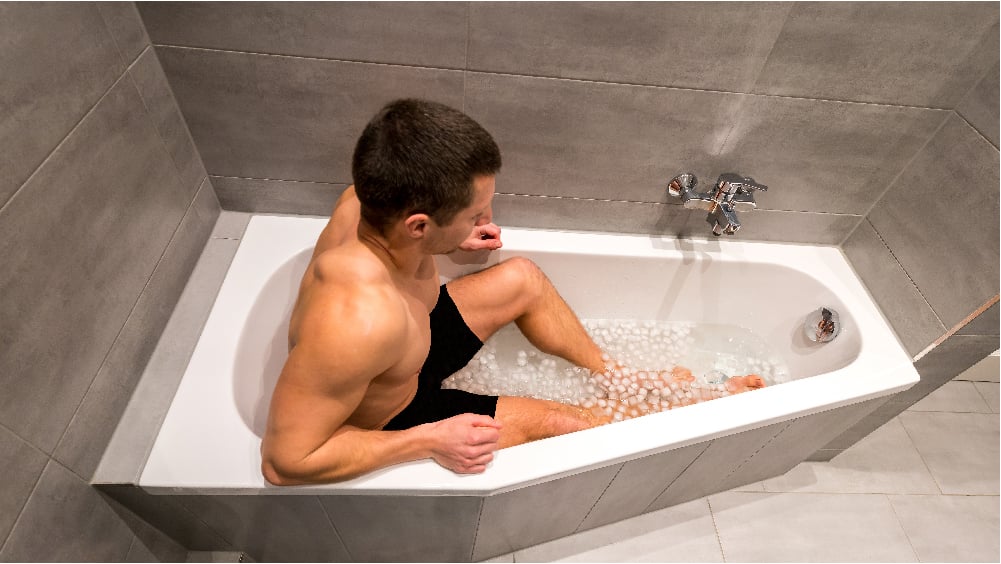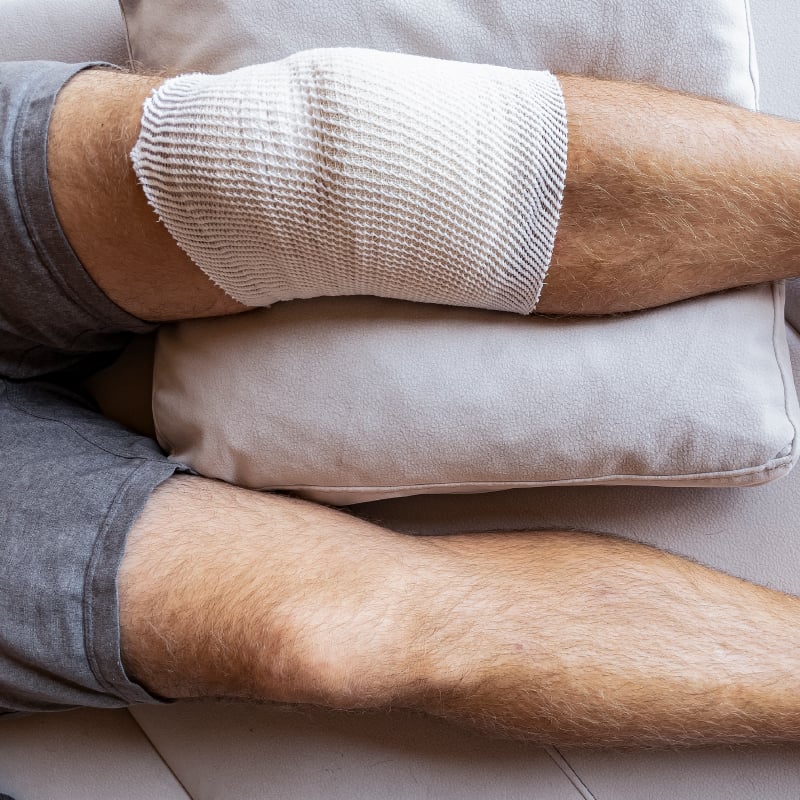Key Takeaways
- Take a 2-3 week break to pull back from focusing on athletics and try to have an active recovery.
- Getting 8-10 hours of sleep each night and eating healthy are key to a good recovery.
- As you get closer to the season, start to build up strength training, then sport-specific training to ensure your body is prepared.
No matter how the regular season ends for any athlete, the transition from regular practices and games to the off season can be a tough one – both on the body and the mind.
Finding the balance between resting and maintaining good physical condition for a sport is key during that time.
Our certified athletic trainers with Rochester Regional Health share their insights into how athletes can get the most out of training during the off season.
The first weeks
After maintaining a grueling schedule for 2-3 months, athletic trainers recommend athletes take at least a 2-3 week break from focusing on athletics.
Most athletes had a grueling 2 ½ to 3 months for their season, having either practices or games most days of the week. The repetitive nature of most sports warrants an adequate rest period in order for the body to rebuild and recover.
A complete recovery should be an active recovery, not sitting on the couch day after day. Complete recovery can include activities that have less impact on your joints, knees, and hips, such as walking, biking, and swimming.
Injuries that happen during the season should also receive immediate attention. If an athlete is injured, they need to have their injury attended to as soon as possible so they can incorporate injury-specific therapies into their routine during the offseason.
Start strong but slow
Once the initial 2-3 weeks of rest has gone by, athletes should begin focusing on strength training programs to build up a foundation leading up to the pre-season and the regular season.
Why the focus on strength? There are three basic benefits.
Power: Most sports require athletes to rely on power. Since power is equal to force times distance divided by time, the stronger an athlete is, the more force they can put behind a movement.
Balance: Athletes do a lot of cardio during the regular season as they constantly move around the court or the field during games and practices. This takes away from time spent building strength.
Injury prevention: Having stronger muscles provides better support for the body’s joints. That added support can help to prevent injuries.
A good way to start out strength training is with compound lifts; these will build strength in the larger muscles of the body. Examples of compound lifts include:
- Squats
- Deadlifts
- Power cleans
- Bench press
Transitioning to sport-specific exercises
As the pre-season draws nearer, athletes should get more sport-specific with their training by doing movements related to their sport.
Those movements will depend on the sport in which the athlete is involved. For example, football and soccer both have short bursts of high intensity, so choosing High Intensity Interval Training (HIIT) exercises – 30-60 seconds of intense movement followed by an equal period of rest – will help to hone the endurance and power needed for each sport.
In basketball, athletes will do a lot of jumping, which can be strenuous on the legs and knees. Plyometrics are a method of exercise that mimics the jumping and explosive movements in basketball and similar sports so athletes can build up their agility and strength.
Endurance is an important part of offseason training, as well. Activities such as swimming or biking help to build up the body’s endurance in ways that are not hard on the joints and are different from pushing the body through strength training.
One of the best ways to do sport-specific exercises and stay in shape in the offseason is to play that sport in a structured program. Joining a recreation or travel league is a good way to stay in shape, even if it is only a couple times per week.
Rest and nutrition
There are many benefits to rest and eating well as part of the athletic training process.
During a regular sports season, there is some time for recovery through rest interspersed throughout a season, but not enough to allow athletes to substantially recover from the intense pace of a regular sports season. This is particularly true when it comes to student athletes.
Surveys show nearly 3/4 of high school students are getting less sleep than the American Academy of Pediatrics recommends adolescents and teenagers get, which is about 8-10 hours of sleep per night. This can stem from staying up late to finish homework, packed extracurricular calendars, or a full social life. Regardless, youth athletes are not getting anywhere near the amount of sleep their bodies need.
Coupled with this is often a lack of focus on proper nutrition. When athletes are on the road, they may not have time to maintain a balanced diet. Eating a lot of processed food is not good for peak performance.
Healthy proteins and a variety of fruits and vegetables will all help you succeed. If your sleep and nutrition are poor, nothing else really matters. No matter how intense a workout might be, the body does the most healing during sleep. Combining a lack of sleep with a lack of nutrients to help the body recover from the damage done during a workout, the effectiveness of that workout is incredibly hindered.
Duration
Offseason training depends on the length of the off season. For younger athletes, this can vary depending on how many sports they play.
If an athlete plays 1 sport, they have 9 months to recover. If they are a multi-sport athlete, they have approximately 2 ½ months to recover over the summer.
For those first months of the off season, strength training should happen at least 3 times a week. This can be balanced with cardio training and running for the designated sport 2 times a week. A quick cardio warm up or a short run before or after strength training is a good way to get this in on the same days as strength training
As athletes get closer to the start of the season, training can begin to ramp up to 4 times a week. This can incorporate more jumping and body weight exercises, as well as sport-specific workouts as you get closer.
Pre-season workouts will be easier if you have done the work of re-training your body to build up strength in the offseason.









